Himanchal with Kinnaur & Spiti Valley:- – The land of fairy tales and fantasies, has a spectacular terrain of lush green valley, orchards, vineyards, snow clad peaks and cold desert mountains. It is a border district of Himachal Pradesh. Kinnaur is also rich in flora & fauna. The culture and language is different from other parts of the state. Kinnaur, the tribal district of Himachal Pradesh, lies 250 km away from Shimla, the capital of Himachal Pradesh and is situated on the NH – 22 (Hindustan Tibet Road). The landscape of the area varies from lush green orchards of the scenic Sangla Valley to the stark magnificence of the Hangrang Valley. The massive snow clad ranges that provide a regal dignity to the scene are dominated by the peak of Kinner Kailash. Kalpa is one of the biggest and beautiful villages of Kinnaur. One can enter Kinnaur district at Village Chshora and follow a straight line road constructed in vertical rock and it is a rare treat to travel on this road which is a great engineering feat. Is a deserted mountain valley located high in the Indian Himalaya mountains. The name “Spiti” means “The Middle Land”, the land between Tibet and Ladakh.The valley lies in the North East of the Indian hill state of Himachal Pradesh, and forms part of the Lahul and Spiti district ( province). The sub divisional headquarters (capital) is at Kaza, which is situated along the Spiti River at an elevation of about 3,800 metres (12,500 feet )above sea level. The main Spiti valley is split into eastern and western valleys. They are connected with Ladakh & Tibet on eastern side & Kinnaur and Kullu valleys on western side through high passes. Spiti valley is also know as the Cold Desert of The Himalayas, as the valley remains cut off from the rest of the world for the six months due to heavy snow. The valley is similar to valleys in Tibet and Ladakh, and it is more beautiful than those. Spiti’s mountains form a part of the Central and Greater Himalayas and several peaks are over 6,000 metres providing unparalleled panoramic views from the valley. The valley and surrounding region is one of the least populated and isolated regions in India and is famous as the off beat tourism destination in Himalayas.The valley is also known as the tribal valley of Himachal- the Tribal People (hardworking mountain tribes) follow the same Buddhist culture as that of Tibet and Ladakh. For centuries people in these remote valleys lived largely isolated from one another, holding and preserving the treasures and secrets of ancient civilizations untainted by modernity unmatched outside these mountains. Spiti Valley has only been opened to tourists since 1992, and tourists have to obtain an inner line permit to visit some of the areas which are close to the Tibetian border.
1
After arrival at Chandigarh/Delhi Railway Station or Airport, drive to Shimla (2180 metres above the sea level). Check in at the hotel and spend the rest of the day at leisure. Enjoy a warm dinner and spend the night comfortably in your room.
2
After Breakfast Excursion to Kufri. Kufri is famous for its Himalayan National Park, Poney and Yak Ride and One can see the endless Himalayan Panorama from Kufri, after lunch sightseeing of various places in and around. Shimla mosques built in (1830), Vice regal Lodge built in (1885), Christ Church built in (1844), The Gaiety Theatre- the first beauty contest of world was supposed to start (1887), The Grindlays Bank (1912)- the world wide bank started by Robert Melville Grindlay, Jakho Temple, The Jakhoo Temple is an ancient temple dedicated to Lord Hanuman. Located on Jakhoo Hill, 2.5 km from the Ridge, the Jakhoo Temple offers beautiful views of the Shivalik Mountains and the nearby town of Sanjauli. The Scandal Point and The famous Shopping Plaza of the North The Mall. O/N Hotel.
3
Morning check-out from hotel and drive to Kalpa. 2670 metres above the sea level, Kalpa is the district headquarter of Kinnaur and was once the favorite getaway of Lord Dalhousie. On reaching Kalpa, check in to the hotel. Once known as Chini, little has changed in Kalpa in the last 500 years. Legend has it that when Lord Dalhousie wanted to take a break from his hectic schedule in Shimla, he would come here on his Horseback. By the side of Kalpa is a 79 feet high rock formation that resembles a Shivlinga that changes its colour as the day passes.Rest in hotel for a while. In the evening, visit the Buddhist Gompa, Hu Bu Lan Kar. Return to the hotel for a comfortable overnight stay at Kalpa.
4
Early in the morning, witness the beautiful sunrise over the Kinnaur Kailash Peaks. After that drive to Tabo. On your way, visit Kinnaur’s most picturesque hamlet and the Nako Lake. Nako is a heritage village built around a small lake and has an important Buddhist Gompa and a small temple. A footprint like impression on a rock is ascribed to the saint Guru Padmasambhava. Explore the scenic Spiti Valley that has few signs of vegetation. The beauty of Spiti lies in its unspoiled, untainted raw landscape. Rudyard Kipling describes Spiti in ‘Kim’ in these words: “At last they entered a world within a world – a valley of leagues where the high hills were fashioned of the mere rubble and refuse from off the knees of the mountains…surely the Gods live here.” On arrival at Tabo, check in to the hotel. The ancient village of Tabo is situated on the left bank of the river Spiti. It is the land of one of the most famous Buddhist monasteries, regarded next to the Tholong Gompa in Tibet. It is also known as the ‘Ajanta of Himalayas’.
5
Join the morning prayers at the Tabo Monastery which was constructed in 996 AD. It is a complex that consists of 9 Temples, 23 Chortens, a monk’s chamber and an extension that houses the nun’s chamber. Above the enclave is a series of caves which are used by the monks. The monastery contains large number of scriptures and pieces of art including wall paintings and stucco. There is also a modern Gompa and a painting school founded by the Dalai Lama. Check out of the hotel in Tabo and head to Kaza (3870 metres above sea level). On your way to Kaza (the capital of Spiti Valley), visit Dhankar Gompa, the traditional capital of Spiti. This hilltop fort that overlooks the Spiti Valley used to be a jail earlier. Today, more than 160 lamas reside here. Notable sights at Dhankar Gompa include a statue of Vairochana (Dhayan Buddha) consisting of 4 figures seated back to back in addition to various crumbling Thangkas.On arrival at Kaza, check in to the hotel. After visit Ki Monstry, situated at the foot of steep ridges and on the left bank of river Spiti, is the biggest Gelupa Sect Monastery in Spiti. A post 13th century construction, the three-storey structure consists largely of storage rooms at the bottom level while the middle floor houses Dukhang – the Assembly Hall, and the uppermost floor has another temple on one side and Lama’s quarters on the other side of an open terrace. The greatest wealth of Ki Gompa lies in its collection of ‘Thangkas’ rescued from the devastating 19th century raids of the Dogars and the Sikhs. The monastery is famous for its ancient murals and books; and hundreds of lamas receive their religious training here.Afterwards, take a scenic drive to the pasture country of Kibber. From Kibber, the pastures are spread over hundreds of square kilometres. Overnight stay at Kaza.
6
Check out of the hotel and drive to Manali via Kunzumla Pass which is 4590 metres above sea level. The highest pass on Spiti is Lahaul Road. Further dive over to Rohatang Pass. Situated at an altitude of 3979 mtrs above sea level and 51 kms outside Manali is the mighty Rohtang Pass – the gateway to Lahaul-Spiti valley. It affords a wide panoramic view of the mountains. Here one sees the majesty of the mountains at its height and splendour. At the top of the pass the air seems to glitter against the snow as you look down over herringboned ridges into the Lahaul valley.Enjoy snow skiing, snow scooter riding, paragliding and other activities of your choice at Rontang snow fields. Evening at Leisure. O/N Hotel at Manali.
7
Morning after breakfast proceed for loal sightseeing of manali. Visit Hadimba temple, Manu temple, Vashisht hot water springs and Temple, Tibetan Monastry, Van Vihar and evening shopping at the local market The Mall. O/N Hotel.
8
Check out of the hotel and proceed to Chandigarh airport or railway station for your onward journey. The tour concludes .

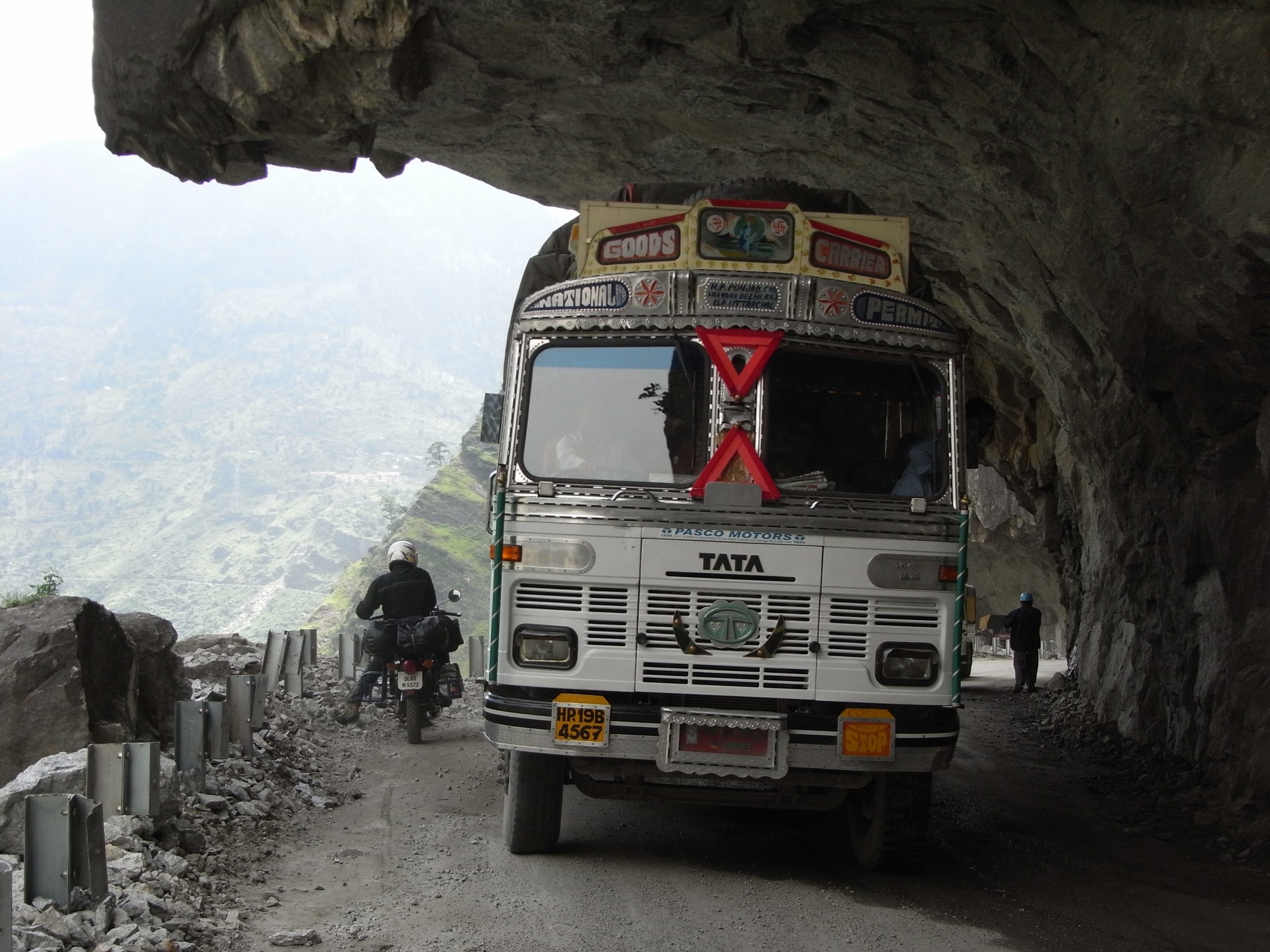
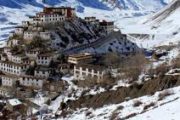
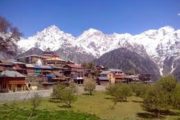
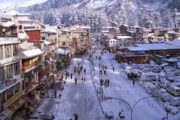
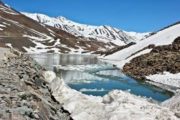

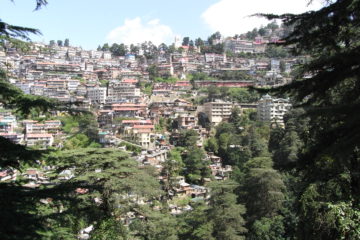
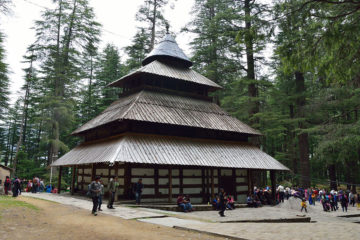
Tour Reviews
There are no reviews yet.
Leave a Review